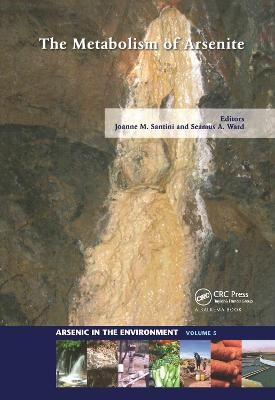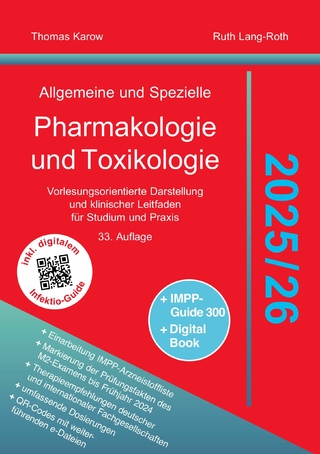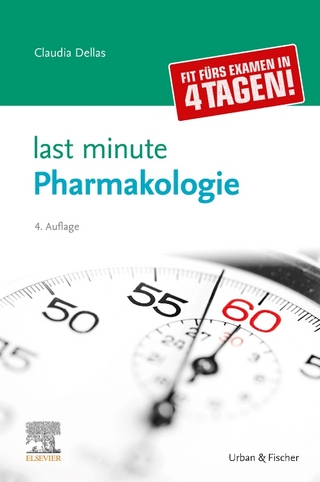
The Metabolism of Arsenite
CRC Press (Verlag)
978-0-415-69719-4 (ISBN)
- Titel z.Zt. nicht lieferbar
- Versandkostenfrei innerhalb Deutschlands
- Auch auf Rechnung
- Verfügbarkeit in der Filiale vor Ort prüfen
- Artikel merken
Up to 200 million people in 70 countries are at risk from drinking water contaminated with arsenic, which is a major cause of chronic debilitating illnesses and fatal cancers. Until recently little was known about the mobility of arsenic, and how redox transformations determined its movement into or out of water supplies. Although human activities contribute to the release of arsenic from minerals, it is now clear that bacteria are responsible for most of the redox transformation of arsenic in the environment. Bacterial oxidation of arsenite (to the less mobile arsenate) has been known since 1918, but it was not until 2000 that a bacterium was shown to gain energy from this process. Since then a wide range of arsenite-oxidizing bacteria have been isolated, including aerobes and anaerobes; heterotrophs and autotrophs; thermophiles, mesophiles and psychrophiles. This book reviews recent advances in the study of such bacteria. After a section on background—geology and health issues—the main body of the book concerns the cellular machinery of arsenite oxidation. It concludes by examining possible applications. Topics treated are:
The geology and cycling of arsenic
Arsenic and disease
Arsenite oxidation: physiology, enzymes, genes, and gene regulation.
Community genomics and functioning, and the evolution of arsenite oxidation
Microbial arsenite oxidation in bioremediation
Biosensors for arsenic in drinking water and industrial effluents
Joanne M. Santini (University College London, UK) (Edited by) , Seamus A. Ward (University College London, UK) (Edited by)
Arsenic in the environment. Giant Mine,Yellowknife, Canada: Arsenite waste as the legacy of gold mining and processing. Genotoxic and carcinogenic risk of arsenic exposure. Influence of interindividual genetic variability. Overview of microbial arsenic metabolism and resistance. Prokaryotic aerobic oxidation of arsenite. Anaerobic oxidation of arsenite by autotrophic bacteria: The view from Mono Lake, California. Arsenite oxidase. Microbial arsenic response and metabolism in the genomics era. Arsenite oxidation – regulation of gene expression. Evolution of arsenite oxidation. Remediation using arsenite-oxidizing bacteria. Development of biosensors for the detection of arsenic in drinking water.
| Reihe/Serie | Arsenic in the environment |
|---|---|
| Verlagsort | London |
| Sprache | englisch |
| Maße | 170 x 247 mm |
| Gewicht | 612 g |
| Themenwelt | Studium ► 2. Studienabschnitt (Klinik) ► Pharmakologie / Toxikologie |
| Naturwissenschaften ► Biologie ► Biochemie | |
| Naturwissenschaften ► Biologie ► Mikrobiologie / Immunologie | |
| Naturwissenschaften ► Geowissenschaften ► Geologie | |
| Technik ► Umwelttechnik / Biotechnologie | |
| ISBN-10 | 0-415-69719-0 / 0415697190 |
| ISBN-13 | 978-0-415-69719-4 / 9780415697194 |
| Zustand | Neuware |
| Haben Sie eine Frage zum Produkt? |
aus dem Bereich


